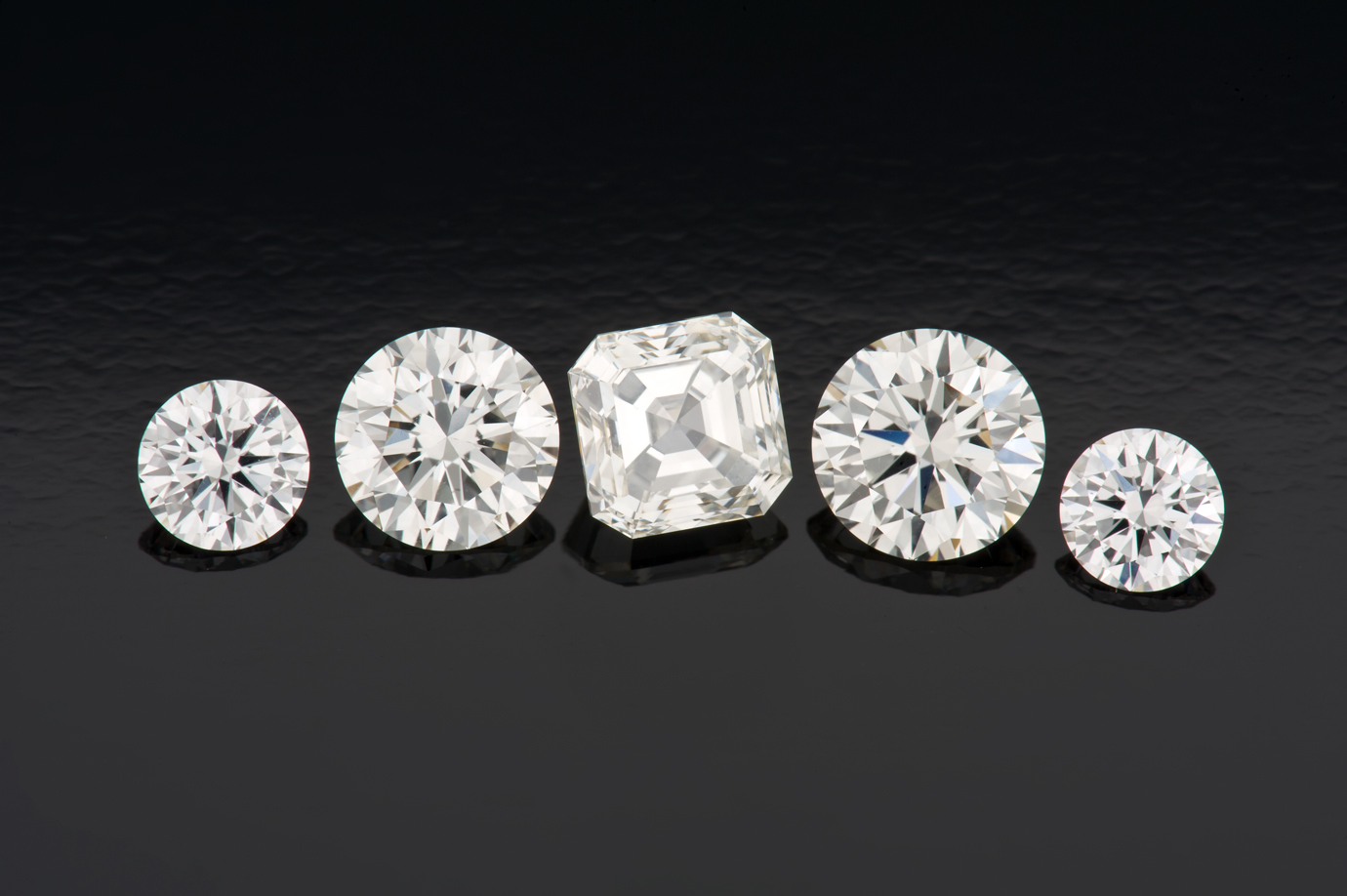It is certain that even though the idea of an engagement is yet to arrive in someone’s mind, the diamond industry will change a bit by that time. With the rising demand for Lab Grown Diamond, the mined diamond companies are always on their toes to figure out their next move.
Diamonds were heavily mined during the late 1800s and became popular instantly. But no one imagined that technological advancements would lead to humans producing diamonds in labs. So, what makes the lab diamonds so special? How are they made and what is the science behind it?
A brief history of lab-grown diamonds
While the production of lab diamonds increased rapidly during the past decade, their predecessors have been around for some time. Because diamonds are the hardest mineral on Earth, they were used in certain industries for specific tasks.
However, in 1954, the first batch of lab diamonds came into existence. They were used for several applications such as grinding or cutting hard. It was during the 1990s that lab-created diamonds were made available commercially. Until then, the diamonds didn’t fall in the category of 4Cs either.
After 2015, the quality of lab-grown diamonds has improved so much that they are visually identical to natural diamonds. Besides, they are graded by organizations using the same qualifications as natural diamonds such as diamonds clarity, color, carat, and cut. Even the best VVS diamonds Guide at Rarecarat are easy to get these days.
How are lab made diamonds produced?
Typically, there are two ways through which lab diamonds are made. Using intuitive technology, these two methods produce high-quality diamonds at labs. Moreover, both of them replicate the same environment that mined diamonds experience.
-
HPHT or High-Pressure High Temperature
This method uses highly refined graphite carbon, a small diamond seed, and a catalyst that consists of powders and metals. The seed is placed in a specialized chamber and exposed to extreme pressure and heat.
It replicates the way natural diamonds are grown underground. The seed is exposed to 1.5 million PSI of pressure and 2000 degrees Fahrenheit. The carbon melts and changes its atomic structure to form a diamond.
-
CVD or Chemical Vapor Deposition
This method involves placing a diamond seed inside a vacuum chamber while filling it up with rich carbon gasses. Furthermore, the chamber is heated to up to 1500 degrees Fahrenheit.
Due to extremely high temperatures, the gas turns into plasma and releases carbon pieces. The carbon pieces are thrown on the diamond seed that helps the diamond grow.
What makes lab diamonds so appealing?
There is no denying that the buying habits of people are changing for several reasons. These days, people are more interested to know where the products come from. Also, they research brands to know how good they are. That way, they ensure what they need. There is a demand for more sustainable, greener, and ethical products.
And, diamonds are not an exception. Not only millennials are getting married, but also they look for diamond alternatives that cause less harm to the environment. Additionally, lab diamonds cost less than natural diamonds. This seems a great advantage for new generations.
Get the best deals on Rare Carat
Regardless of where anyone is now, one thing is for sure technology will evolve and will impact everything. With more and more brands forced to alter their services or products to meet the requirement of people at large, the green industry will flourish. By then, lab diamonds will get even better than they are today.
So, choosing a lab diamond will save more than having a natural diamond. Following the trend, Rare Carat houses reputable brands to provide their customers with the best pieces of diamonds. Moreover, the deals on Rare Carat are impressive and that makes shopping a great experience for every buyer.
To handle the challenges of finding the best diamonds, Rare Carat helps buyers with the right collection. Apart from great customer service, they provide discounts on the items. Rare Carat compares millions of diamonds and brings them under one roof.
As such, buyers get what they want at competitive prices. People trust Rare Carat and it is evident from the 4.9-star rating on Google Business Profile and Trustpilot. Visit Rare Carat and choose from a diverse range of high-quality, GIA-approved diamonds.
